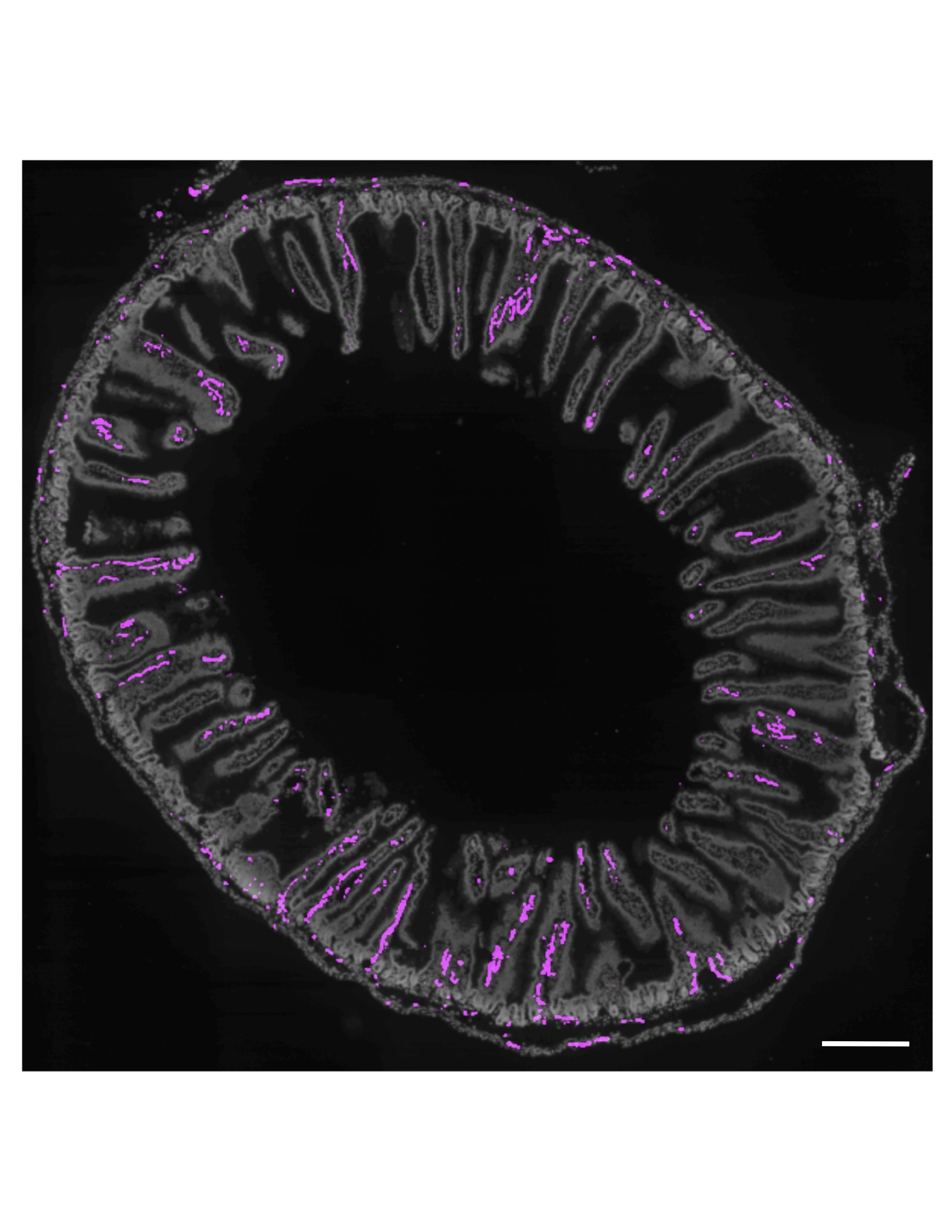
The vagus nerve is a key body-brain connection that monitors the respiratory, cardiovascular, and digestive systems. Within the gastrointestinal tract, vagal sensory neurons detect a diversity of stimuli including nutrients, nausea-inducing toxins, and mechanical stretch of the stomach and intestine. In a recent publication in Cell, the Liberles Lab identified two classes of vagal gut-to-brain neurons that exert powerful and opposing effects on digestion. Genetically guided anatomical mapping reveals that vagal GPR65 neurons densely innervate intestinal villi near the pyloric sphincter, vagal GLP1R neurons instead target the stomach, and both neuron types innervate dedicated brainstem subnuclei. Optogenetic stimulation of vagal GPR65 neurons selectively blocks gastric contractions without impacting breathing or heart rate, and in vivo ganglion imaging reveals that GPR65 and GLP1R neurons differentially respond to intestinal food and stomach stretch. Delineating gut-to-brain sensory neurons provides a needed foundation for understanding neural control of gastrointestinal physiology.